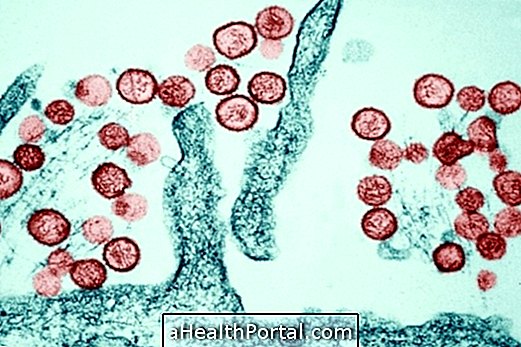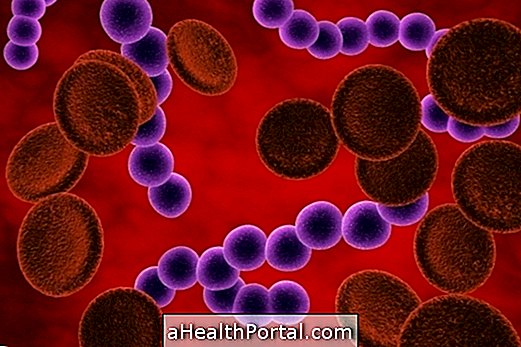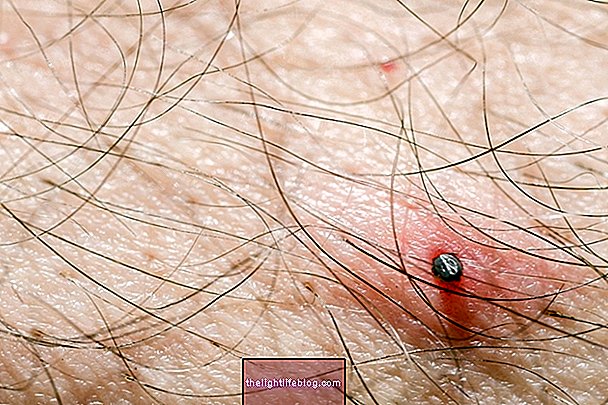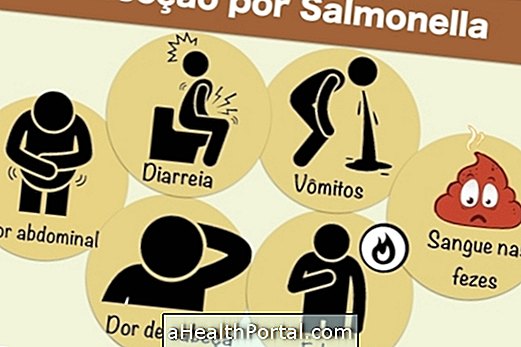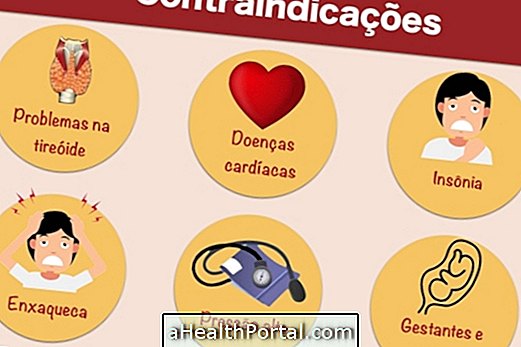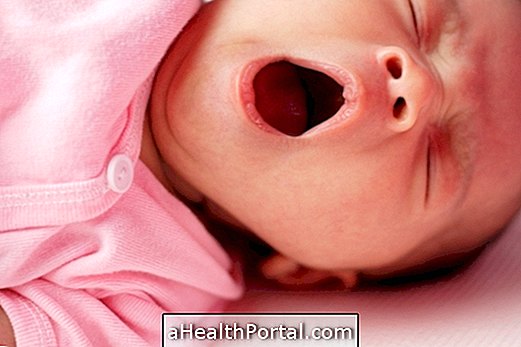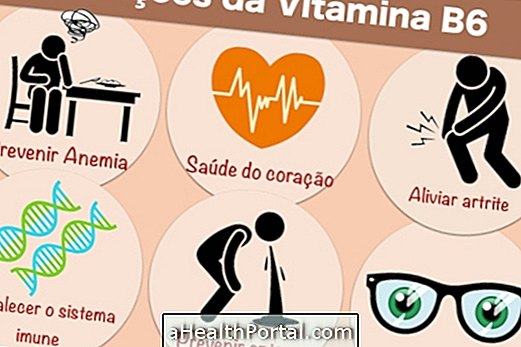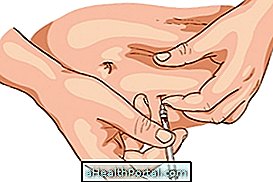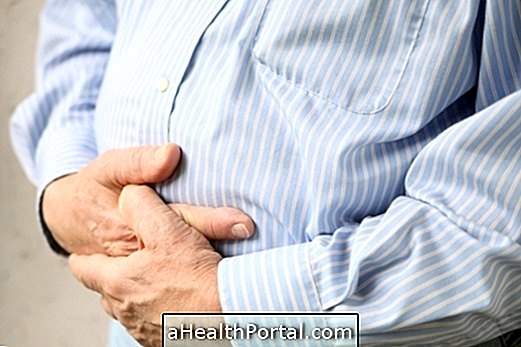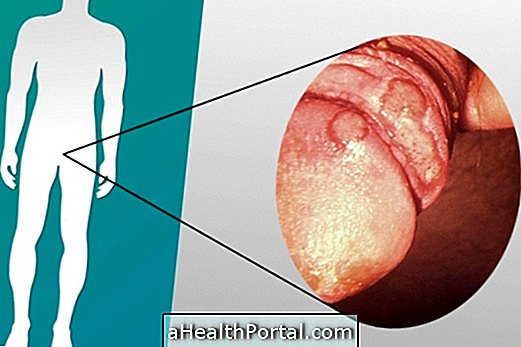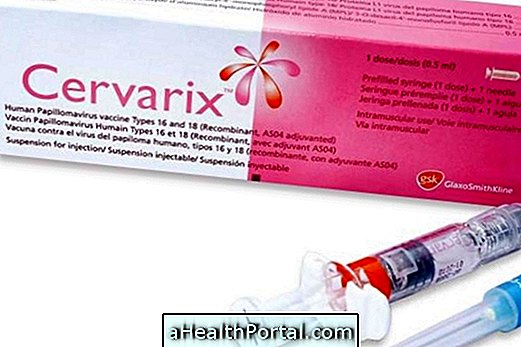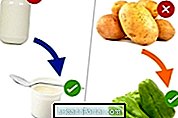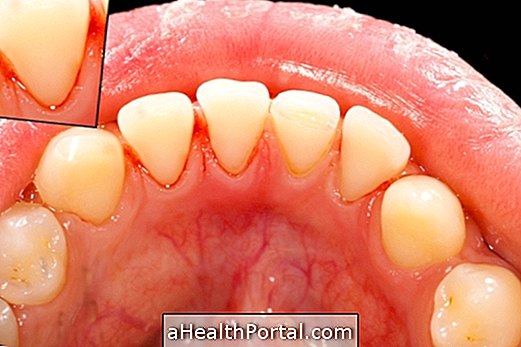Brucellosis is an infectious disease caused by bacteria of the genus Brucella that causes symptoms such as high fever, headache and muscle aches.
This disease is usually transmitted from animals to humans through ingestion of undercooked contaminated meat, unpasteurized home-made dairy foods such as milk or cheese, for example through inhalation of the bacteria or through direct contact with secretions from an infected animal.
The transmission of brucellosis from person to person is very rare and therefore, professionals working with animals such as veterinarians, farmers, dairy farmers, slaughterhouse workers or microbiologists are at a greater risk of being contaminated. Human brucellosis is cured when its treatment is done soon after diagnosis and usually involves the use of antibiotics for about 2 months.
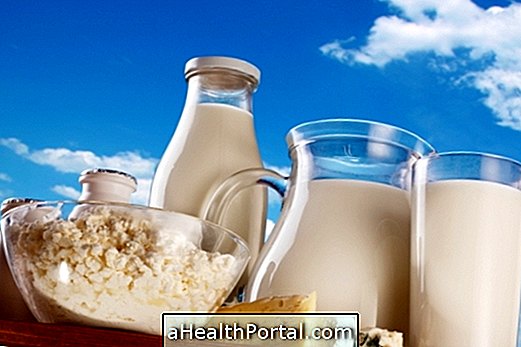
How to get brucellosis
Brucellosis is an infectious disease that can be acquired by contact with secretions, urine, blood and placental debris from infected animals. In addition, the bacteria can be acquired through the consumption of unpasteurized dairy products, undercooked meat consumption, during cleaning of the stables, during the movement of cattle or in slaughterhouses.
Because the bacteria are most often found in animals such as cows, sheep, pigs or cattle, farmers and herdsmen, and laboratory professionals who work on samples of these animals are more likely to acquire the bacteria and develop disease. For this reason, the Ministry of Health considers brucellosis an occupational disease.
Main symptoms
The symptoms of brucellosis vary according to the stage of the disease. In the acute phase, the symptoms may be similar to those of the flu, such as fever, chills, weakness, headache and tiredness, for example. The infection can evolve over time if left untreated, becoming chronic, causing symptoms such as constant fever, weight loss and joint pain. Learn more about the symptoms of brucellosis.
How is the treatment done?
Treatment of brucellosis is usually done with antibiotics for about 2 months, such as Doxycycline associated with Rifampicin, for example. Treatment with antibiotics is only done when there is confirmation of the disease to avoid use of antibiotic without necessity and, consequently, bacterial resistance.
In addition, it is important to adopt some behaviors, such as avoiding the consumption of unpasteurized dairy products such as milk, cheese, butter or ice cream to avoid re-contamination.
Avacin for brucellosis in humans does not exist, but there is a vaccine for cattle, calves, cows and sheep between 3 and 8 months of age, which must be administered by a veterinarian and that protects against the disease, preventing transmission of the disease to humans.
Brucellosis is a disease that can lead to serious complications if not treated properly, such as hepatitis, anemia, arthritis, meningitis or endocarditis.
How to avoid
To avoid brucellosis, it is advisable to always ingeste pasteurized milk and derivatives, as this is the only way to ensure that these foods are safe for consumption and do not have the bacterium that causes brucellosis.
In addition, in order to avoid contagion by the bacteria, it is necessary to:
- Avoid consuming undercooked meat;
- Avoid consuming any raw dairy food;
- Wear gloves, goggles, apron and face mask when handling sick animals, dead or during birth;
-
Avoid consuming unpasteurized dairy products, such as milk, cheese, ice cream or homemade butter.
These measures aim to prevent transmission of the disease or re-contamination if the person has already been sick.

